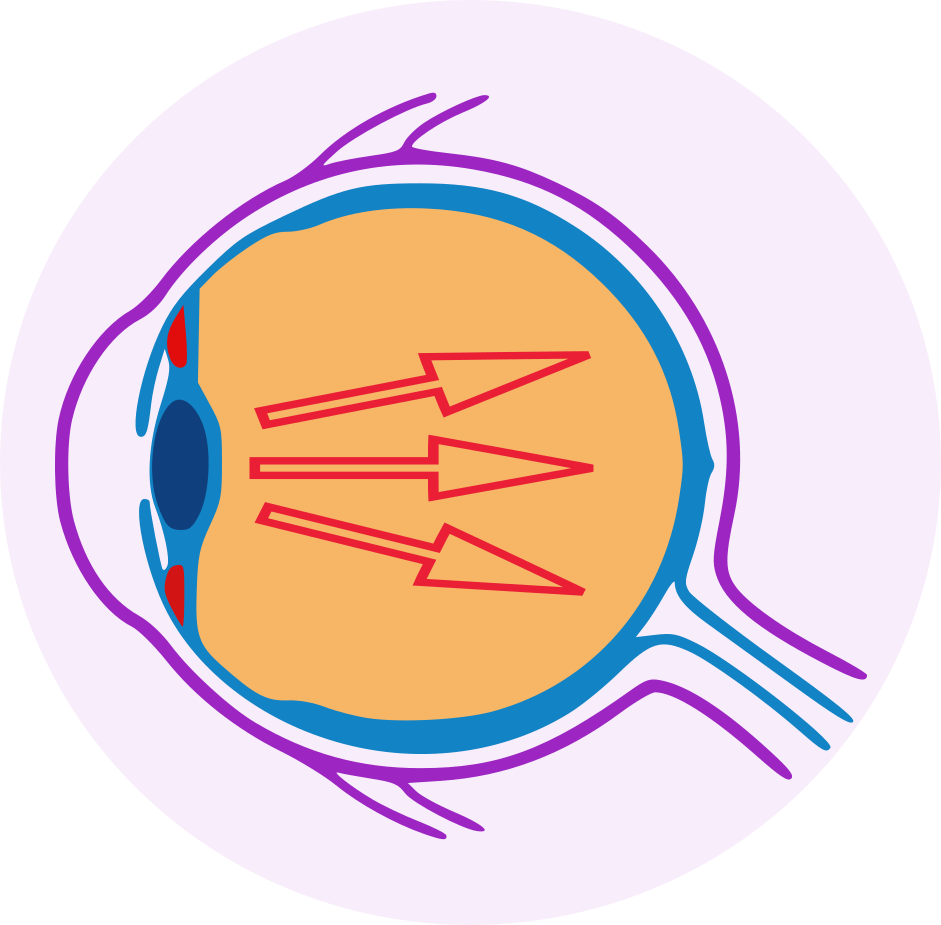| Name | Trypan Blue |
| Classes |
Dermatological/Topical Agent Diagnostic Agent Ophthalmic Preparation |
| Diseases |
Ophthalmic Disease |
Trypan Blue
Trypan blue is a diagnostic agent classified as a vital dye. It is a sterile solution containing a synthetic acid dye, which stains living tissues and cells blue. The mechanism of action of trypan blue is based on its ability to bind selectively to nucleic acids in cells, making it useful in staining cells for microscopic examination.
Trypan blue is used as a diagnostic aid for ophthalmic surgery, primarily in visualizing the anterior capsule during cataract surgery. It can also be used as a counterstain in histology to differentiate cells and tissues for microscopic examination.
Trypan blue is typically administered by a healthcare professional in a clinical setting. The dosage and administration may vary depending on the specific indication, age of the patient, and the physician's judgment.
The most common adverse reactions associated with trypan blue are transient and include staining of the skin, cornea, and conjunctiva. Other reported adverse events include corneal edema, anterior uveitis, and intraocular pressure elevation.
- Trypan blue is intended for topical use only and should not be injected.
- Use of trypan blue can lead to staining of skin, clothing, and other materials. Adequate precautions should be taken to avoid contact with these surfaces.
- If the solution comes in contact with the cornea, it may cause corneal edema and anterior uveitis. Rinse the eyes thoroughly with saline if this occurs.
- Patients with a history of allergy to any dye should be closely monitored for signs of hypersensitivity.
- Use of trypan blue during pregnancy or lactation has not been adequately studied. Therefore, it should be used only when clearly needed.
Contraindication
Trypan blue is contraindicated in patients with known hypersensitivity to any component of the solution.
None known.
None known.
 Bangla
Bangla English
English
